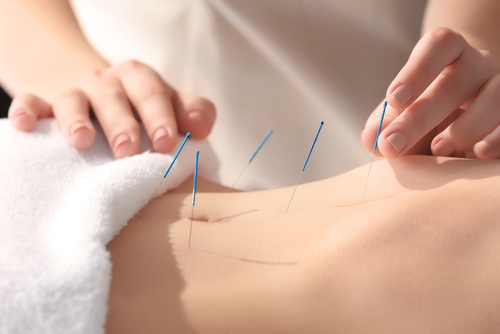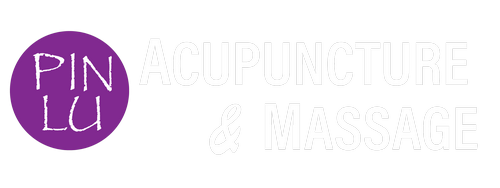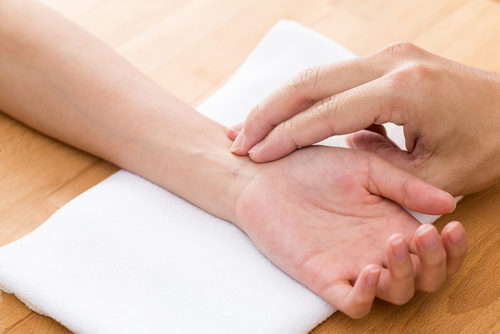Both cupping therapy and acupuncture have been used for thousands of years in traditional Chinese medicine to promote healing, relieve pain, and improve overall health. While each treatment has its own benefits, combining them can create a more effective pain management and recovery plan. When integrated into your health regimen, these therapies can enhance each other’s effects, speeding up healing and boosting your well-being. Here’s why combining cupping therapy with acupuncture offers superior results.
Understanding the Power of Cupping Therapy
Cupping therapy involves placing special cups on your skin to create suction, which increases blood circulation, relieves muscle tension, and promotes healing. This therapy is particularly effective for relieving pain in tight or inflamed areas of the body. The suction pulls blood to the skin’s surface, encouraging the flow of oxygen and nutrients to the affected area and allowing the body to repair itself more efficiently. Cupping can help reduce pain, improve flexibility, and relax the body’s muscles, especially after an injury or intense physical activity. When combined with acupuncture, the effects of cupping are enhanced as it targets areas of pain while promoting overall wellness.
Acupuncture’s Role in Pain Management and Healing
Acupuncture works by stimulating specific points on the body with thin needles. This ancient practice helps to unblock energy pathways, known as meridians, allowing your body to heal and function more optimally. Inserting needles at specific points can stimulate the release of endorphins and other natural chemicals, helping reduce pain and inflammation. Acupuncture is effective for managing both acute and chronic pain conditions, such as back pain, arthritis, and headaches. When you incorporate acupuncture into your treatment plan, it not only addresses the root causes of pain but also supports the body’s overall healing process by balancing energy flow throughout your system.
How Cupping and Acupuncture Work Together
When cupping therapy and acupuncture are combined, they work synergistically to target pain and speed up recovery. Acupuncture addresses the underlying energy imbalances in your body, while cupping therapy provides localized relief by increasing blood flow to tight muscles and soft tissues. This combination allows you to experience the benefits of both therapies simultaneously. For example, acupuncture can help reduce inflammation and pain, while cupping works to relax muscle tension and promote detoxification. The two treatments together can also help you recover more quickly from injuries, ease chronic pain, and improve flexibility.
Improved Circulation and Toxin Removal
One of the primary benefits of cupping therapy is its ability to enhance circulation. By drawing blood to the skin’s surface, cupping helps improve blood flow to stagnant or poorly circulating areas. This improved circulation helps to remove toxins from your body, allowing your muscles and tissues to heal more effectively. When combined with acupuncture, which also promotes the flow of energy throughout the body, this combination accelerates the body’s detoxification process, making it easier for your system to repair itself. Together, these therapies help you feel rejuvenated and restore your body’s natural balance, leading to enhanced recovery and pain relief.
Experience the Combined Benefits of Cupping and Acupuncture
Incorporating both cupping therapy and acupuncture into your health routine can provide powerful pain relief and support your recovery journey. Whether you’re dealing with chronic pain or recovering from an injury, combining these therapies offers a holistic approach that addresses both the physical and energetic aspects of healing. With the proper guidance, you can enhance your body’s natural healing abilities and experience faster recovery, less pain, and an improved quality of life. If you’re ready to explore how cupping therapy and acupuncture can work together for your well-being, consider starting your treatment plan at Pin Lu Acupuncture today.



